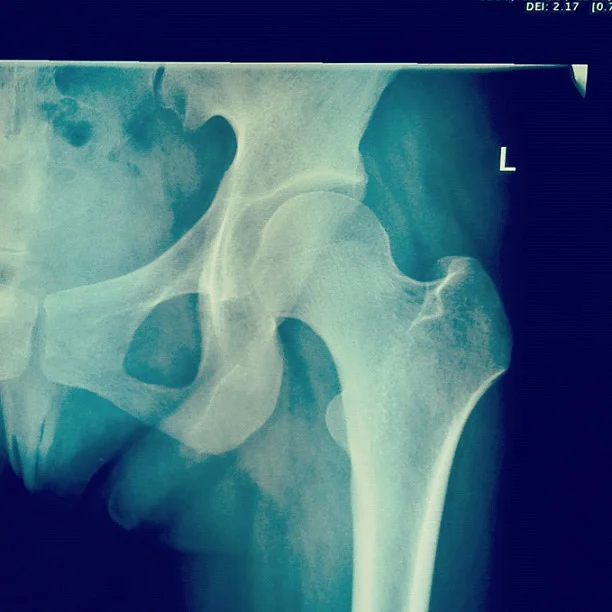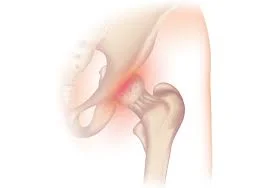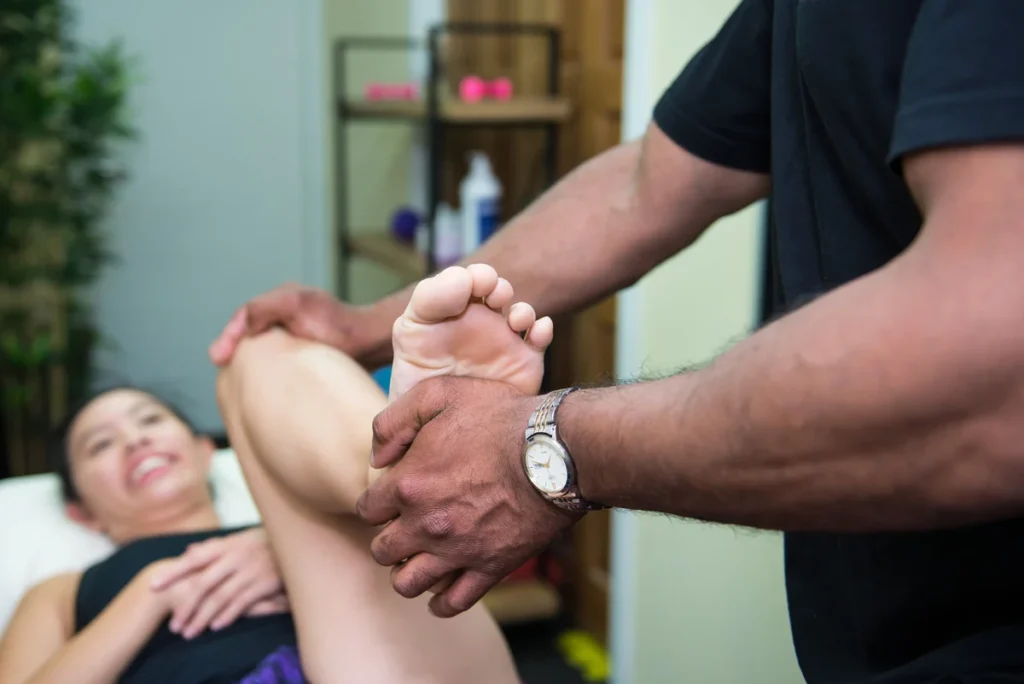
Osteoarthritis is a disease that affects joints. In hip OA, the whole joint is affected- this includes the
cartilage, labrum, synovium, and bones.
Who is more likely to get hip OA?
The older an individual is, the more likely they will have hip OA. Approximately 1 in 4 Australians will
develop hip OA in their lifetime.

The morphology (shape) of the hip also plays an important role in predicting who is more likely to
develop hip OA. People with large CAM lesions, hip dysplasia, previous injury to the hip joint are at
the most risk.
Contrary to the common belief of ‘wear and tear’, lack of activity also increases the chance of
developing hip OA. Inadequate loading of the hip joint has negative affects on the health of the
structures inside the joint. Our joints require a certain amount of movement to stay healthy.
Too much load for prolonged periods can also predispose someone to developing OA. Common
examples include high impact elite sports and occupations that are highly hip demanding.
How is hip OA diagnosed?
Osteoarthritic changes can be visualised via x-ray. However, hip OA can also be diagnosed clinically
without results from a scan. Clinical common signs and symptoms that help with the diagnosis
include:
- Age over 45
- Activity related pain
- Morning stiffness
- Reduced hip range of motion with pain
It is also important to note that osteoarthritis can also commonly be seen in x-ray results in people
without pain. Therefore, it is important to link clinical presentation and x-ray findings to accurately
diagnose the cause of pain.
How is hip OA managed?
First line treatment:

- Education: understanding the facts and myths of hip osteoarthritis.
- Exercise: a structured progressive exercise program that includes movements and resistance
exercises that target hip, knee, and trunk strength as well as flexibility. - Weight control: a healthy body weight not only reduces the load that the hip joints have to handle
but also improves joint health by reducing inflammation
Second line treatment:
- Basic pharmacological management: paracetamol and/or NSAIDs (pain killers)
- Corticosteroid injections: option for short term pain management for more severe flareups of pain
- Other medications and supplements
*Second line treatments are in addition to first line treatment management and should be discussed
with your GP
Third line treatment:
Hip replacement surgery: when first- and second-line treatments provide unsatisfactory results
